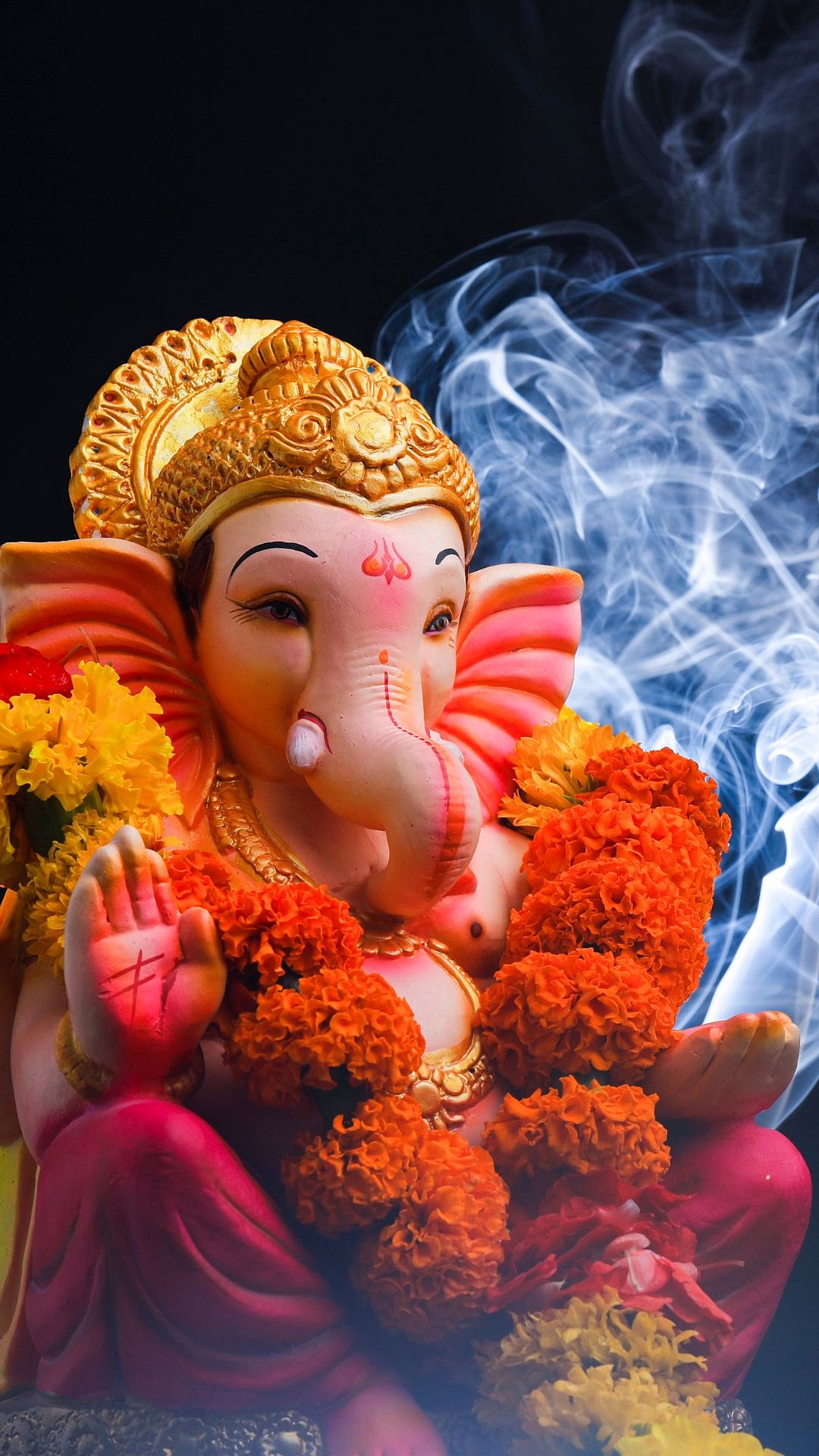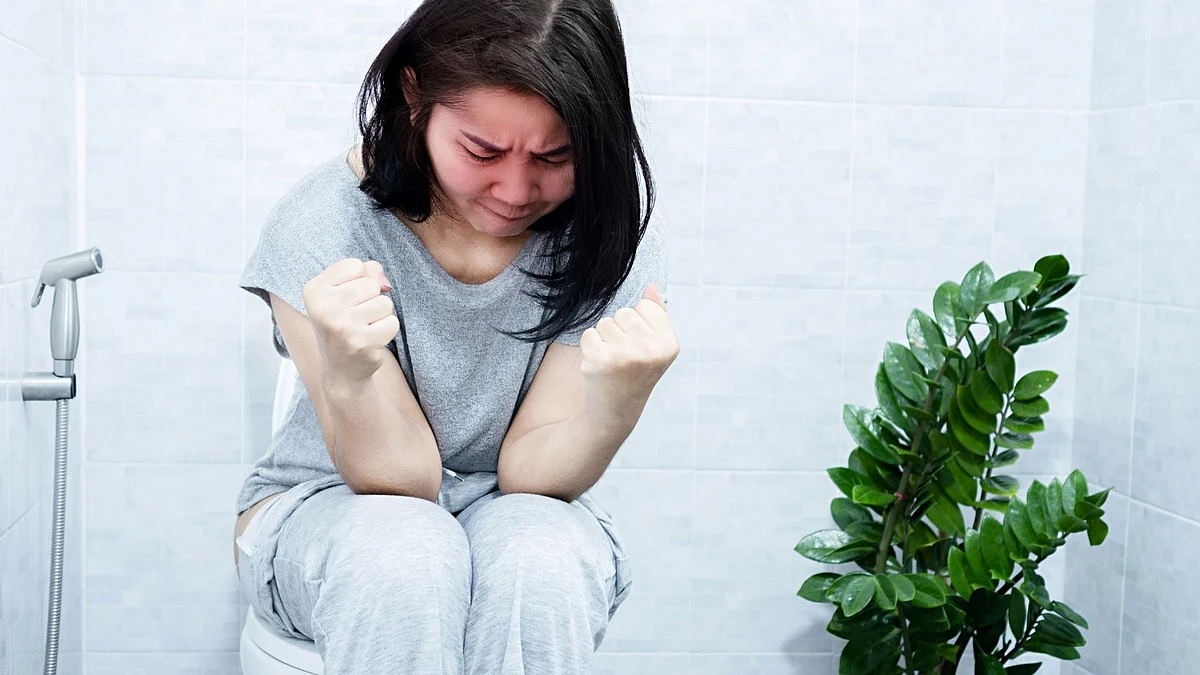“I don’t have time to even breathe these days.”
“Let me catch my breath.”
“Give me some breathing space.”
While we often mouth these sentences, which are an integral part of our urban lexicon, we have long forgotten their true import and what they imply about the state of our lives. To parse, these sentences mean that you don’t have time to attend to the most crucial activity of human life, i.e., breathing. No breath, no life.
A given. Of course, we keep breathing through ups and downs, through the zaniest, most crowded, rushed days and sleepless, worry-riven nights. But how? And does it matter how we breathe?
The answer, as our ancient rishis who developed the practice of yoga discovered, is a YES. They realised that indeed one of the best, most powerful, natural and freely available health enablers/ facilitators is the act of breathing itself, provided we invest our attention in it. For breath corresponds to thoughts.
While we may not be able to control the volcano of thoughts forever erupting in the human mind, which the rishis describe as being as restless as a drunken monkey bitten by a scorpion, we can control the rise and fall of our breath or our prana (vital spirit). And when our breathing slows down, so does our thoughts; and our forever buzzy minds get rest.
Thus the rishis conceived the practice of pranayama. Pranayama is the act of regulating and directing this prana (the life-force flowing through our bodies that keeps us alive and active) at will, and through it the mind and finally the body.
Our minds are generally unsteady as the flow of prana through our beings, our breathing, is erratic, shallow, and worse, picks up speed in times of stress.
Through regular practice of pranayams, which entail smooth, conscious, and rhythmic breathing, slowly our minds learn to be still. If we continue in the endeavour, we can hope to gain complete mastery of our minds and focus easily on any object or activity we choose.
The traditional pranayams which were first recorded in the 15th century, by Swami Swatmaram in his book Hathyoga Pradipika, are extremely powerful techniques and have to be learnt carefully from a yoga teacher, in stages.
However, anyone can begin this journey and tap into the immense power of breathing, by just breathing consciously, i.e., becoming aware of the rise and fall of one’s breath. And then slowly try to lengthen each inhalation and exhalation.
Even five deep inhalations and exhalations taken with closed eyes and attentiveness will be seen to lead to a sense of calm. While deep breathing has immediate salutary effect on our minds, it also positively impacts the body, at the basic, cellular level.
Oxygen is the primary need of cells for the food we eat is burnt in the presence of oxygen, to provide the energy that every cell needs: CO2 is ejected in the process of combustion. The more deeply we inhale, the more effectively we oxygenate our body.
The longer we exhale, the greater the amount of toxins that we rinse out of our systems. Thus, pranayams, which involve deep inhalations and exhalations, lead to better functioning of body cells and better health.
A traditional pranayama like Anulom Vilom (alternate nostril breathing) is believed to have the power to rejuvenate tired cells and is thus effective in recovery from different diseases.
Therefore, strange as it sounds to our urban ears, accustomed to associate health trips with strenuous gym exercises, weight lifting, Zumba, trekking, swimming, and the like, an important way of remaining mentally and physically healthy is always in our hands, given to us by nature. All we need to do is seize it.
The secret of long lives of our rishis was this knowledge and harnessing of the power of breath. Yoga is basically education of the mind and thus gives importance to pranayama.
While yoga was the first philosophy to reveal the power of breath control, similar principles have been applied in different parts of the world — like the ancient Tao religion of China and the more recent method of “autogenic training” developed by German psychiatrist Johannes Heinrich Schultz, in 1920s, as a method of relaxation. The method mainly stresses on slow and deep breathing and is practised widely in the West.
While we all are in a hurry today to achieve different goals, let’s put ‘breathing’ on our to-do list and take time to breathe deeply every day for some period of time, to stay healthy. For starters, take three conscious breaths every one hour.










